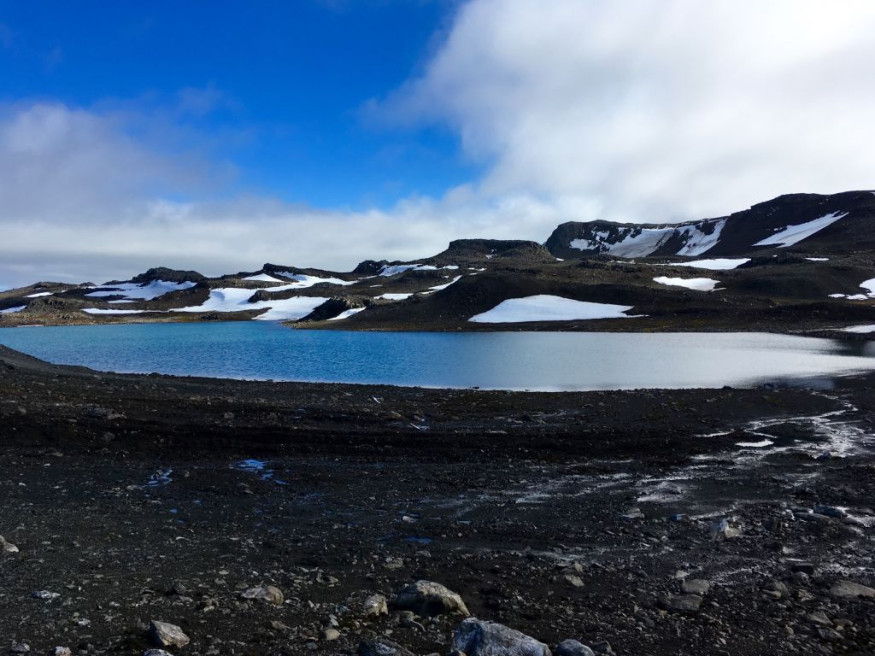Antarctica and Arctic temperatures have dramatically increased by at least 30 to 40 degrees Celsius, according to multiple reports on Friday, March 18.
The incident showed there is a simultaneous temperature rise in both the polar regions, which is considered to be an uncommon natural phenomenon.
Although rising global temperatures over recent years have been attributed to climate change, this is reportedly the first time that both polar regions have experienced a simultaneous temperature increase.
Scientists and climate experts have expressed that the occurrence is considered to be unusual and rare.
Previous research over recent years suggested global warming has contributed to the melting of ice from glaciers in Antarctica and in the Arctic, adding to the global rise of sea level.
Both natural phenomena have worried scientists due to their high potential environmental repercussions.
Warming Polar Regions

Above normal temperature increases have been recorded by weather stations on Friday, with at least 40 degrees Celsius (70 degrees Fahrenheit) in Antarctica and over 30 degrees Celsius (50 degrees Fahrenheit).
The incident caught the attention of scientists at the National Snow and Ice Data Center in Boulder Colorado since the occurrence is "unusual" to happen in mid-March since both the polar regions have opposite climate seasons, according to Walt Meier, as cited by the Associated Press.
Due to the abrupt temperature increase, the Antarctica continent had a temperature of 4.8 degrees Celsius (8.6 degrees Fahrenheit) on Friday, while the Arctic continent had a temperature of 3.3 degrees Celsius (6 degrees Fahrenheit).
Both temperatures are significantly warmer in line with combined baseline average temperatures between 1979 and 2000. The above-average temperatures are likely connected with the gradual yet continuous warming temperatures over recent years.
Although experts have not immediately linked climate change to the sudden temperature increase, they are conducting continued monitoring of the strange occurrence.
If the abrupt warming happens again, it may be part of climate change and global warming, said scientists, as cited by the Associated Press.
Global Temperature
According to the National Oceanic and Atmospheric Administration (NOAA), the average temperature of Earth for each decade since 1880 has increased by 0.08 degrees Celsius (0.14 degrees Fahrenheit), and the rate of global warming has doubled over the past 40 years since 1981.
The NOAA emphasized that the rate of warming of the planet in the future would depend on the number of greenhouse gases that we emit today and in the coming decades.
Contributors to Climate Change
A climate action report by the European Commission (EC) of the European Union (EU) stated the period between 2011 and 2020 is the warmest decade recorded in human history.
Although there are various factors leading to climate change, the EC said the greenhouse gas effect is the main cause of climate change; due to trapped gases that absorb solar heat, which causes global warming.
The EC also highlighted that the emission of greenhouse gases through the burning of fossil fuels and other industry-related activities are the leading contributors that accelerate the greenhouse gas effect.
Furthermore, human activities like deforestation and agricultural activities like increased livestock farming and widespread usage of fertilizers also contribute to climate change, says the EC.
© 2025 NatureWorldNews.com All rights reserved. Do not reproduce without permission.





